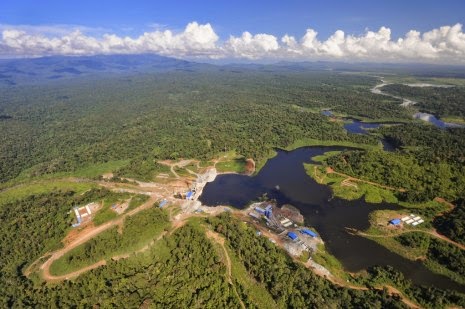The Independence Monument (Khmer: "Vimean Akareach") in Phnom Penh, capital of Cambodia, was built in 1958 for Cambodia's independence from France in 1953. It stands on the intersection of Norodom Boulevard and Sihanouk Boulevard in the centre of the city. It is in the form of a lotus-shaped stupa, of the style seen at the great Khmer temple at Angkor Wat and other Khmer historical sites. The Independence Monument was designed by the influential Cambodian modern architect Vann Molyvann.
There is a big open park at the Independence Monument and it seems to be a popular place among the locals. Smacked right at the corner of Norodom and Sihanouk Blvd, this piece of landmark is hard to miss. I took a nice picture of this piece but be careful because it is located in the middle of a roundabout.The monument was built in 1962 to celebrate Cambodia's independence from the foreign rule. It also serves as a monument to Cambodias war dead. It is the site for celebrations and services.
During national celebrations, The Independence Monument is the center of activity. A ceremonial flame on the interior pedestal is often lit by a royal or high official on these occasions, and floral tributes line the stairs. Every year, The Independence Monument is visited by foreigners and locals alike. Behind the monument is the newly constructed Statue of Norodom Sihanouk.
There is a big open park at the Independence Monument and it seems to be a popular place among the locals. Smacked right at the corner of Norodom and Sihanouk Blvd, this piece of landmark is hard to miss. I took a nice picture of this piece but be careful because it is located in the middle of a roundabout.The monument was built in 1962 to celebrate Cambodia's independence from the foreign rule. It also serves as a monument to Cambodias war dead. It is the site for celebrations and services.
During national celebrations, The Independence Monument is the center of activity. A ceremonial flame on the interior pedestal is often lit by a royal or high official on these occasions, and floral tributes line the stairs. Every year, The Independence Monument is visited by foreigners and locals alike. Behind the monument is the newly constructed Statue of Norodom Sihanouk.

































